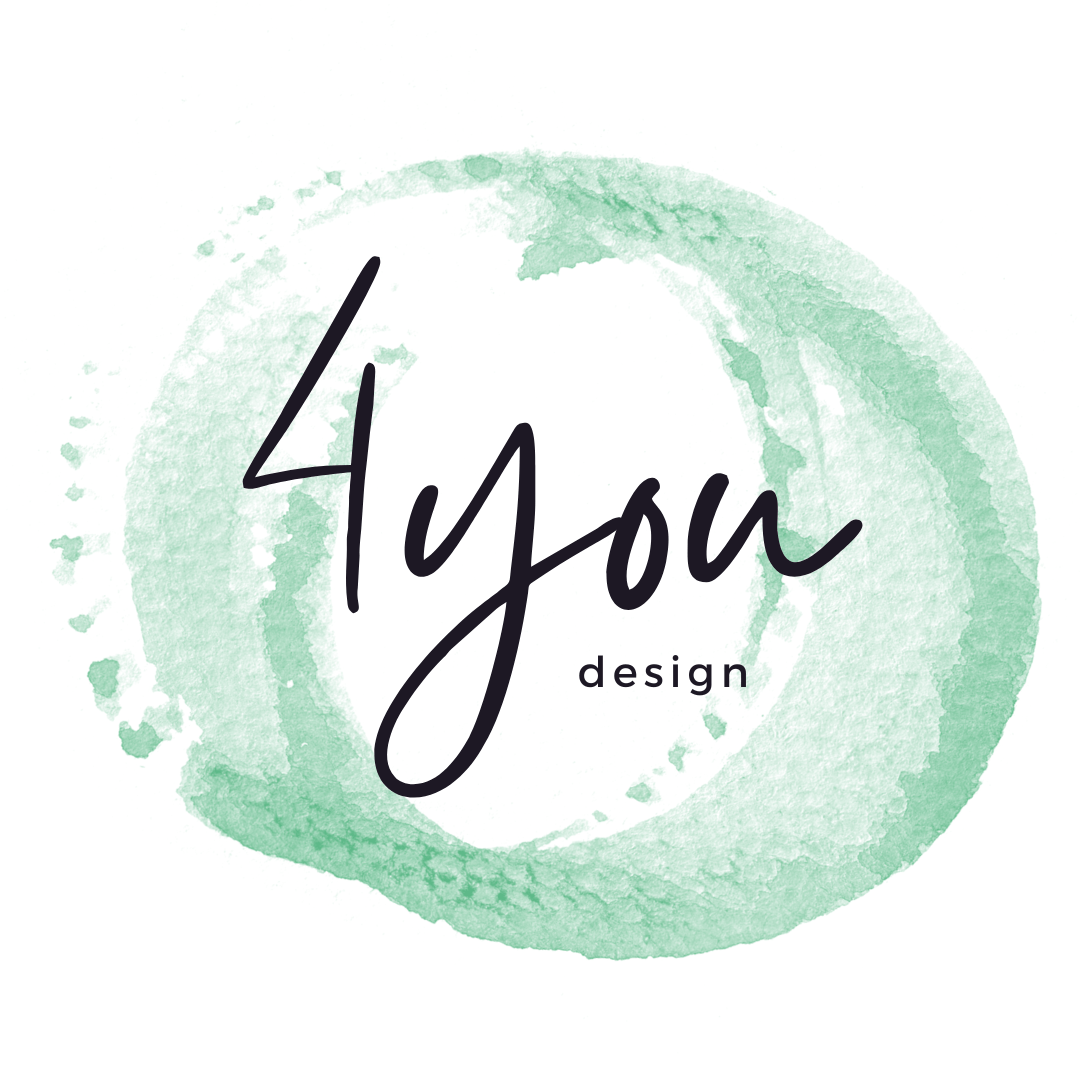The average human attention span has fallen to a new low — just eight seconds. This shift from a larger attention span of 12 seconds in 2000 may be due to the effects of technology on the brain, but it has also led to a consumer mindset that I want it now.
In the digital age, the consumer mindset has shifted from I want it now to I want it yesterday, and the most successful brands are those that understand and cater to that sense of urgency.
Take Amazon, for example. The retail giant found that every 100-millisecond delay in its page load time cost it 1% in sales. This means that if Amazon makes $100,000 per day, a one-second page delay could potentially cause it to lose $2.5 million every year.
If you want to create a website that caters to your audience’s sense of urgency and drives sales, you need to design it with maximum impact in mind. Let’s take a look at nine web design principles that will help you do just that.
1. Simplicity
When it comes to web design, less is more. Simple web design allows users to focus on the important parts of your website, such as your value proposition, call to action, or products.
The goal is to help users get what they need quickly and easily. If you get this right, then you can create a clean and professional website layout.
White space, color, and font choice are important areas of simplicity. Too many elements, colors, and fonts can make your website look cluttered and feel unprofessional.
2. Visual Hierarchy
Visual hierarchy is the order in which your eyes perceive what they see on a page. This is one of the most important web design principles to get right.
It’s also the most common mistake web designers make. Failing to establish a proper visual hierarchy in your web design can have a catastrophic effect on users.
Think about the websites you use every day. What’s the first thing you see? What’s the next thing you see?
Good visual hierarchy directs the eye to the most important element on the page, and then guides the eye from there.
There are many ways to establish visual hierarchy in your web design. Some common methods include size, color, contrast, and proximity.
3. Navigability
If your site is difficult to navigate, your visitors won’t stick around. Make sure your site structure is intuitive and easy to follow. Use the standard top navigation bar, and make sure your contact information is easy to find.
You can also use internal links to connect your content and make it easy for users to find what they’re looking for. And don’t forget to add a search bar to your site to make it easy for users to find specific content with the best online content generators.
4. Credibility
Credibility is important for every business, and your website is often where your customers first encounter your brand. It’s also where they’ll go to learn more about your products and services.
Your website must establish your credibility and expertise.
You can do this by incorporating things like professional certifications, awards, testimonials, and a current blog section.
Testimonials and reviews are especially effective, as they can help build trust with your audience and showcase your brand’s credibility.
5. Consistency
Consistency is key in web design. If you want to look professional and trustworthy, you need to design your website with consistency in mind.
That means using the same fonts, colors, and styles throughout your website. It also means keeping your navigation, headers, and footers consistent on every page.
When your design is consistent, it makes your website easier to use and helps build trust with your visitors. Plus, it makes your brand look more professional.
6. Accessibility
Designing a website with accessibility in mind is a must. This means making sure that people with disabilities can interact with and understand your website.
There are many ways to make your website more accessible, such as using high-contrast colors, providing alt text for images, and adding closed captions to videos.
Not only is this the right thing to do, but it can also help you reach a wider audience and improve your SEO. In fact, Google has stated that accessibility is a ranking factor.
Use Google’s Lighthouse tool to test your website’s accessibility and find areas for improvement.
7. Targeted User
Your website should be designed with your target audience in mind. Who are your ideal customers? What are their most pressing needs? What kind of information are they looking for?
The more you know about your target audience, the better you can design a website that meets their needs.
In addition to knowing your target audience, you should also consider the different stages of the buyer’s journey. For example, someone who is just becoming aware of their problem may have different needs than someone who is ready to make a purchase.
8. Mobile-Friendliness
It’s no secret that mobile is now the dominant form of internet access. Google and other search engines prioritize mobile-friendly websites, which can have a significant impact on your SEO rankings.
Mobile-friendliness is a must for any website. If your website isn’t mobile-friendly, you’re likely losing out on a lot of potential traffic and leads.
To test the mobile-friendliness of your website, use Google’s free Mobile-Friendly Test tool.
9. Speed
Finally, the speed at which your website loads is a critical design principle. If your website takes longer than a few seconds to load, you risk losing a potential customer.
There are a few things you can do to improve your website’s speed. First, make sure your images are optimized for the web and that you’re not using too many large files on your website. You can also use a content delivery network (CDN) to speed up your website’s load time.
Design Your Website to Convert
Your website is the hub of your business’s online presence. When someone finds you on social media, through an online ad, or in a Google search, the first thing they’ll do is visit your website.
Your website design can make or break a potential customer’s first impression of your business. But it’s not just about making your website look good; you also want to design your website to convert.
That means you want to make it as easy as possible for website visitors to take the next step, whether that’s making a purchase, booking an appointment, or contacting you.
Conclusion
Web design is important. It can have a significant effect on your business and its bottom line.

